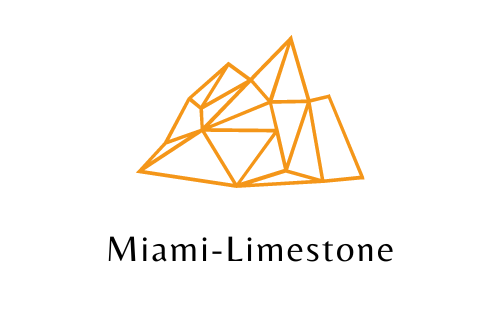Can limestone be used as a concrete aggregate?
Yes. To make Portland cement —the most common type of cement—(with) powdered limestone is heated in a rotary kiln. It combines with powdered clay as a calcium source to create clinker, which is then crushed with a sulfate source, such as gypsum. It is mixed with water, sand and crushed rock to create concrete.
Due to its advantages as an aggregate, limestone utilization in the construction industry has been rising. Good strength, a low likelihood of an alkali-silica reaction, and a reduction in drying shrinkage in concrete are a few of these advantages. As a source of calcium, it joins with powdered clay to produce a product called clinker, which is then ground with a source of sulfate, like gypsum. It is mixed with water, sand and crushed rock to create concrete.
Concrete, along with steel and wood products are the basic building materials of our modern society. Concrete is made by mixing sand, course aggregate, water and cement. Many people confuse concrete with cement. Cement is the gray powder which forms the bonding agent when sand and course rock is mixed with water, the result is concrete.
This mixture will set up into a rock hard mass which will weigh about 135lbs per cubic foot and have a compressive strength of about 3000 pounds per square inch. Concrete is used for many things, but probably the most extensive application is concrete road paving and slabs for structures such as homes and commercial buildings.
What is limestone aggregate used for?
Due to its high strength, adaptability, and low thermal expansion, limestone is a significant supply of construction aggregate. The best limestone in the region is extracted and purchased by Miami Limestone. We run limestone quarries where we do all of the crushing and grading ourselves in order to provide the perfect aggregate mix in the quantities needed for all of our projects.
This guarantees a consistent flow of raw materials and a project that advances on schedule and within budget. In addition to meeting our own requirements, we also create excess aggregate that we supply to building projects throughout in Florida and other important regions. Miami Limestone is the #1 place for purchasing and hauling limestone.
Concrete Production
Concrete must contain crushed rock as a necessary ingredient. While either gravel or limestone can be used to make concrete, limestone makes concrete that is stronger, less prone to expansion, and resistant to the chemical reactions that can occasionally happen with gravel made of silica, which can cause the concrete to fracture.
Asphalt Production
Asphalt requires the addition of hydrated lime, a powdered byproduct of limestone and water that, alone or in conjunction with other chemicals, can help lessen cracking and stripping.
Road Construction
The strength and durability of limestone aggregate make it a popular material for road bases. It can be used to build both major motorways and small access roads.
New Construction
Under the concrete slabs that serve as the basis for buildings, companies, utilities, bridges, and virtually every other type of infrastructure, limestone aggregate is employed as a rock filler.
Erosion Control
Because of its longevity and strength, limestone aggregate is frequently utilized as a road basis. Construction of major motorways and small access roads both benefit from its utilization.
Soil Stabilization
Lime helps stabilize poor soils by adding strength and reducing plasticity and soil swell. It can be used as temporary stabilization to strengthen the soil for construction vehicles during construction or as a long-term solution to weak and clay-rich Earth.
